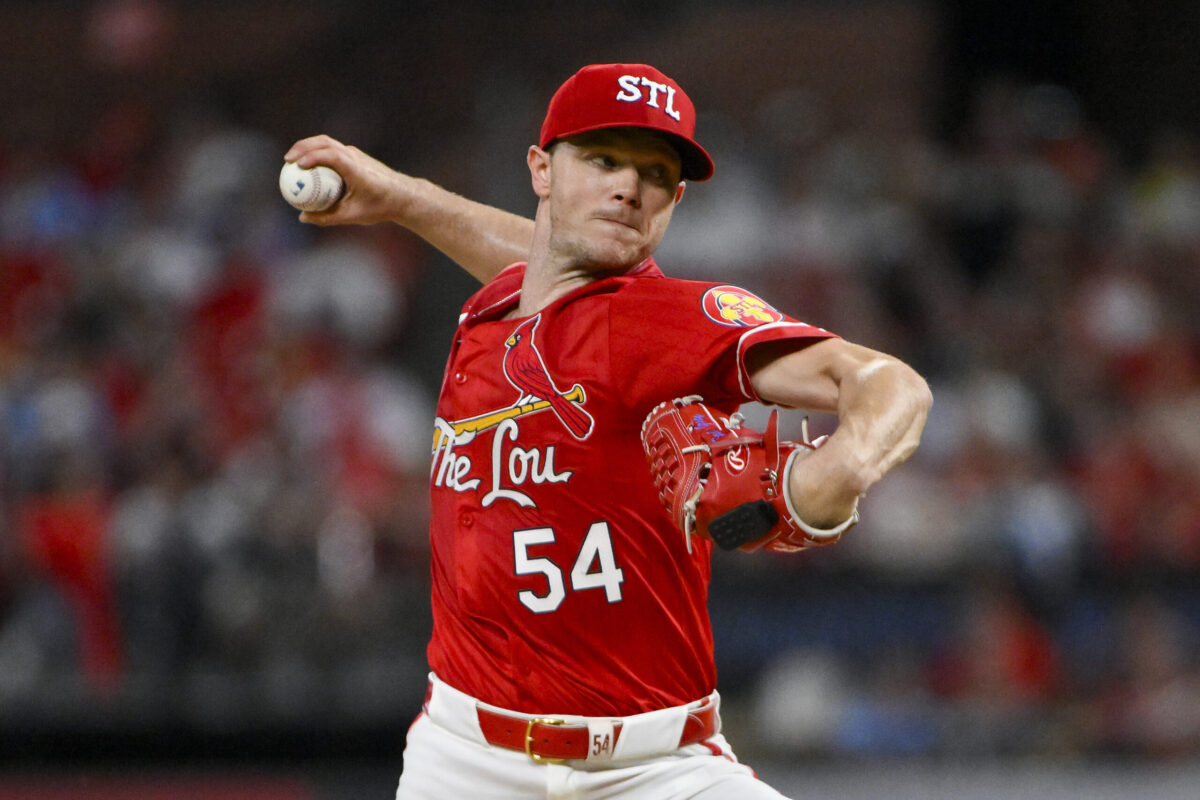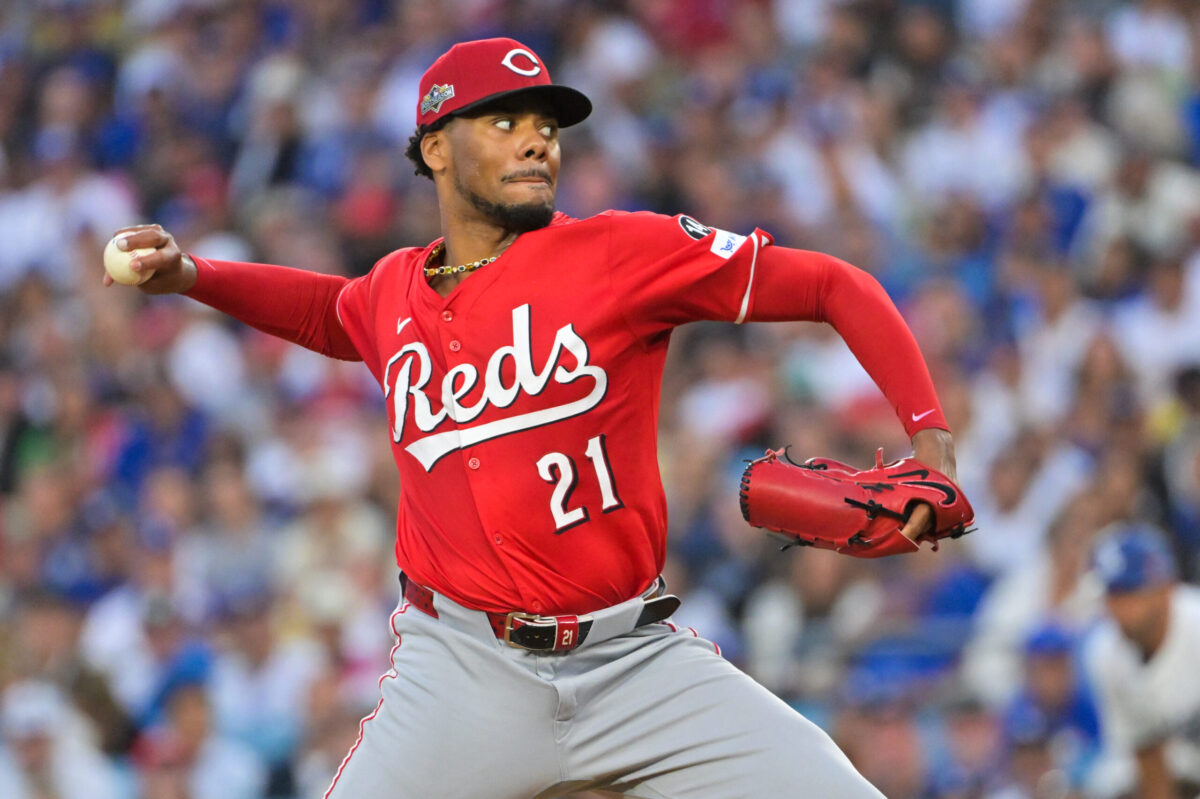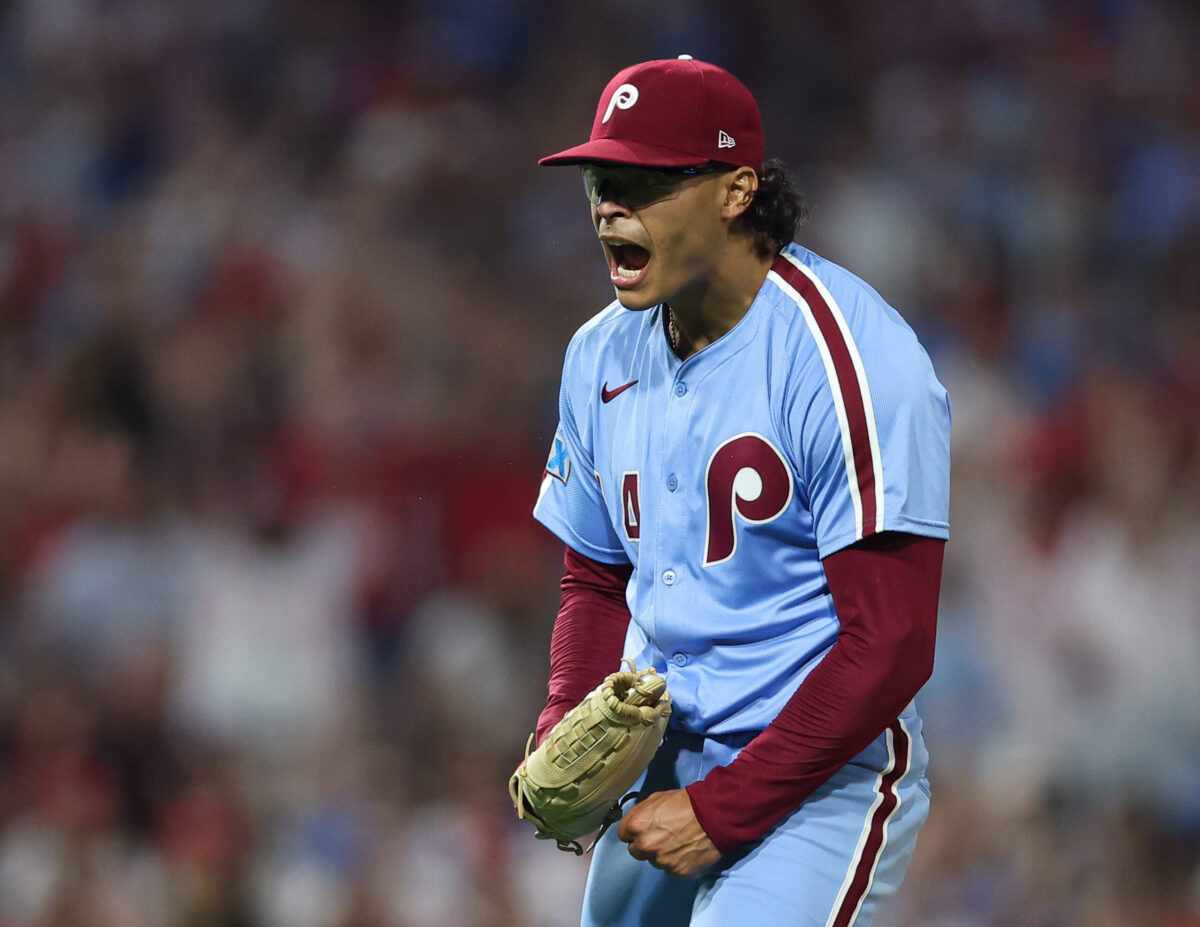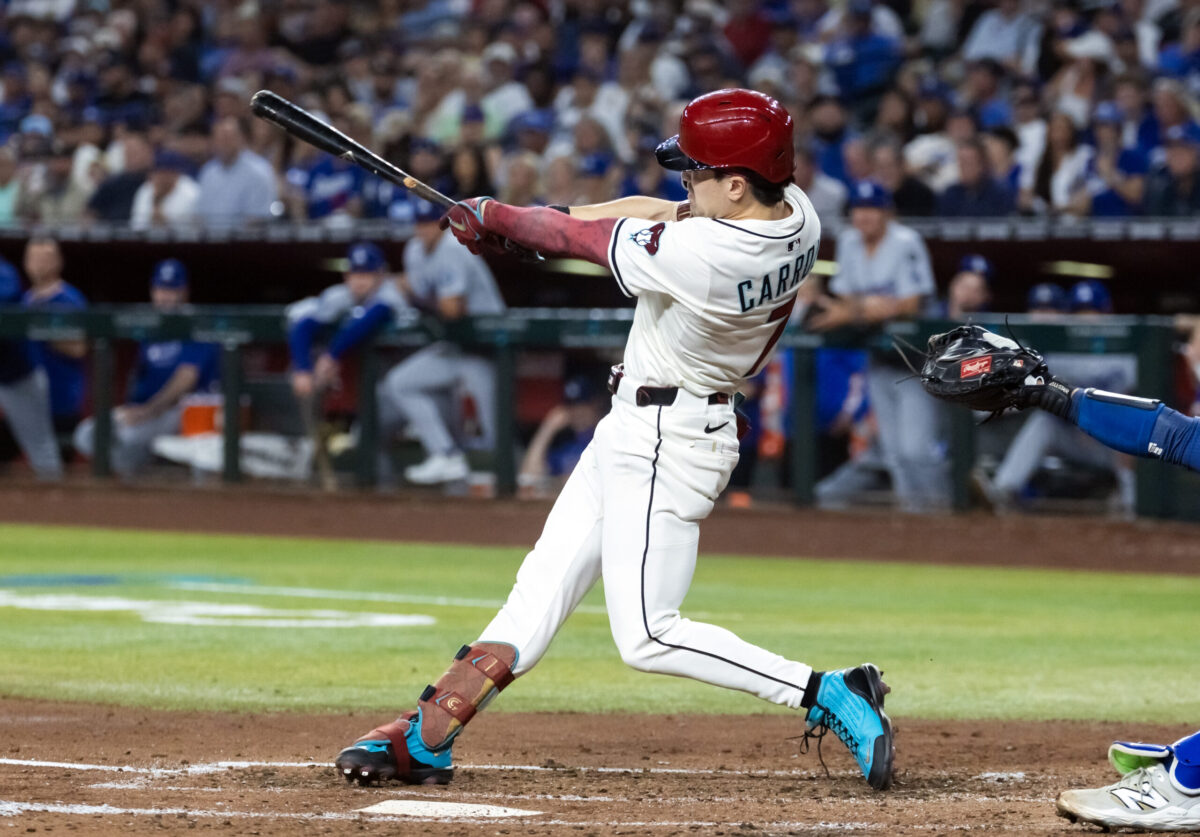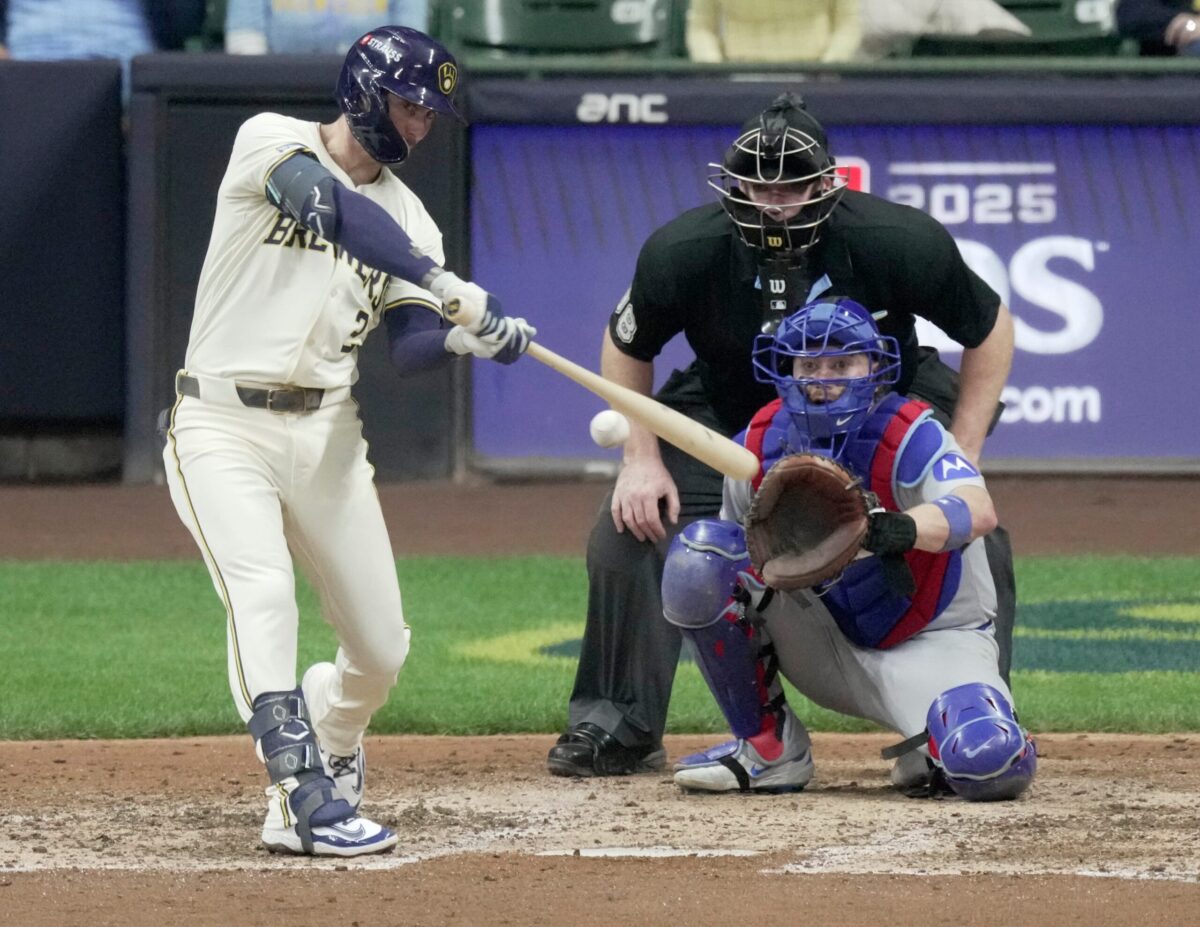Is Jordan Walker the Next Driveline Baseball Fueled Breakout?
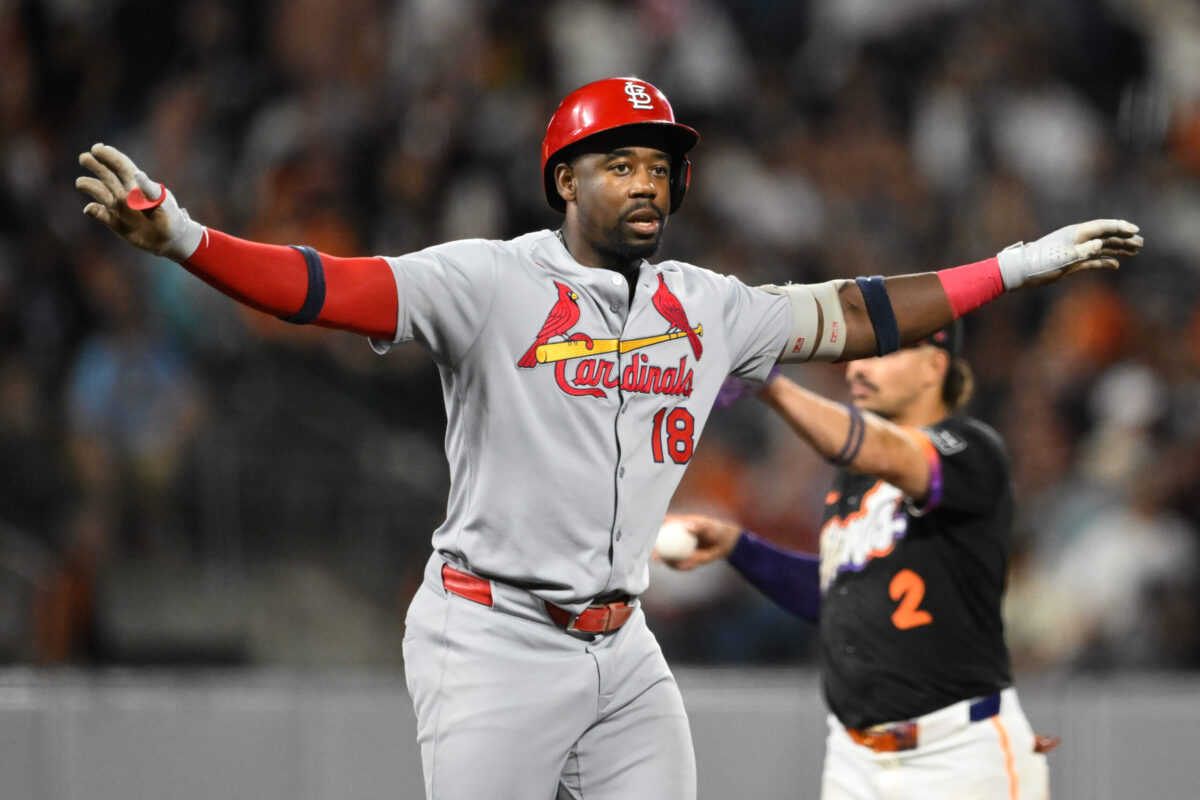
It’s no secret that Jordan Walker has been a disappointment offensively since a solid debut back in 2023. He was formerly ranked as the Cardinals best prospect and the 11th best prospect in the game just a couple of years ago. With 55/80 Game Power and 70/80 Raw Power grades, he was an intriguing future fantasy contributor. Unfortunately, his performance has gone South, wayyyyyy South, since that rookie campaign. Acknowledging that something needed to be done to return to his former top prospect path, he visited Driveline Baseball back in October in order to overhaul his swing mechanics. We’ve seen a number of Driveline Baseball success stories. Will Walker be the next?


